
You’ve probably heard the terms “book smart” and “street smart”. Your cousin Sammy solves every maths problem at lightning speed (book smart) or your neighbour Amaya, who reads people very well and isn’t easily scared (street smart), but have you ever heard of “music smart”? How about “nature smart”?
For over 100 years, scientists have studied bright people and asked what it takes to be clever. The brain is a mysterious place, though, and researchers around the world continue to argue about what it means to have and measure intelligence. Put on your thinking caps, because it’s time to explore the science and history behind being a whizz.
What is intelligence?
Put simply, intelligence is the mental ability to learn and understand new things, or to adapt to new situations. Neuroscientists (scientists who study the brain) believe that the frontal and parietal lobes, which are the forward and top parts of your brain, are most likely to be the main processing areas for human intelligence, but how is cleverness actually measured? One of the most widely known ways of measuring it is the Intelligence Quotient, or IQ.
IQ is a number that originally measured a person’s mental age in relation to their physical age. For example, if you are 10 years old with the mental age of a 10-year-old, then you’d have a score of 100 – the average IQ – but if you’re a 10-year-old with a mental age of a 17-year-old, you will have a higher-than-average IQ.
How do you find your mental age? In 1905, a French psychologist (someone who studies how people think, feel and behave) called Alfred Binet co-created the first IQ test, which inspired many intelligence tests today. However, IQ tests measure just one kind of smarts, known as g-factor or general intelligence, which includes skills like reasoning, problem-solving and memory.
Super smarts
Diese Geschichte stammt aus der Issue 78-Ausgabe von The Week Junior Science+Nature UK.
Starten Sie Ihre 7-tägige kostenlose Testversion von Magzter GOLD, um auf Tausende kuratierte Premium-Storys sowie über 8.000 Zeitschriften und Zeitungen zuzugreifen.
Bereits Abonnent ? Anmelden
Diese Geschichte stammt aus der Issue 78-Ausgabe von The Week Junior Science+Nature UK.
Starten Sie Ihre 7-tägige kostenlose Testversion von Magzter GOLD, um auf Tausende kuratierte Premium-Storys sowie über 8.000 Zeitschriften und Zeitungen zuzugreifen.
Bereits Abonnent? Anmelden

Camera Obscura
Imagine stepping inside a dark room, where the only source of light comes through one small hole in the wall.
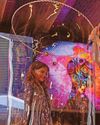
MANCHESTER SCIENCE FESTIVAL
From 18-27 October, shoppers at the Arndale shopping centre in Manchester, England, will face a giant spider.
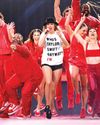
Should musicians stop touring?
Multiple concerts travelling around the world have a big impact on the environment.
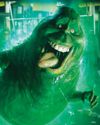
Are ghosts real?
Plenty of people believe in ghosts, but it's hard to find proof.

SMASH STEREOTYPES
In an extract from his prize-winning book, scientist and writer Adam Rutherford shows you how to use the power of science to fight racism. This chapter, titled Myth-Busting, is all about sport.
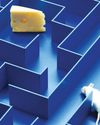
Animal awareness
What would it feel like to be another animal?
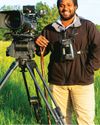
Hamza Yassin
Go behind the camera with a wildlife filmmaker.
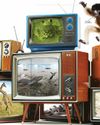
WILDLIFE WATCH
Ben Hoare goes on a safari from his sofa to discover how nature documentaries are made.
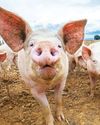
Big bum breakthrough
A team of researchers who found out that mammals can breathe through their bottoms have won a prize at the lg Nobel awards.
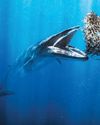
A jaw-dropping undersea snap
A photograph of a Bryde's whale feeding on a heart-shaped \"bait ball\" of sardines has won the Ocean Photographer of the Year contest.